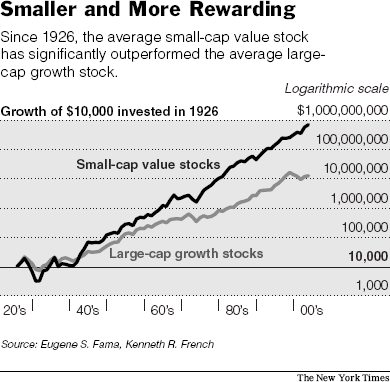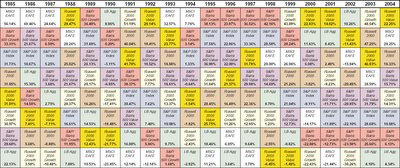ETFs and mutual funds investing in foreign stocks have become increasing popular over the past 3 years or so. For example, the iShares Morgan Stanley Capital International, Inc. ("MSCI") Europe, Australasia Far East ("EAFE") index ETF (symbol: EFA) has attracted some $20 billion+ in assets in just a few years, while the MSCI Emerging Markets index ETF (symbol: EEM) has attracted around $7 billion in assets since its inception in April 2003.
The MSCI EAFE index is the less volatile of the two. The MSCI EAFE index tracks the stocks of foreign developed markets. Accordingly, these stocks should be less succeptible than emerging markets stocks to currency devauations, lawlessness, etc.
Its assets are divided between a number of European, Asian, and Australian stocks. As of the end of June 2005, close to 25% of its assets were invested in UK stocks, 21% were invested in Japanese stocks, 9% were in French stocks, close to 7% were in German stocks, another 7% were in Swiss stocks, and close to 6% were in Australian stocks.
The MSCI EAFE index has slightly outperformed the S&P 500 over the past 10 years, returning about 1% more annually over the past 10 years. We've been hearing much about the
inevitable decline of the U.S. dollar relative to foreign currencies lately. In the event that does eventually happen, there's a strong likelihood that foreign stocks will outperform domestic ones. Accoridngly, an ETF or mutual fund tracking the MSCI EAFE index is a good addition to an investor's portfolio.
For those who enjoy dollar-cost-averaging, ETFs may not be the best investment vehicle, seeing as how commissions must be paid to acquire the shares on a stock market exchange. Luckily, however, Vanguard offers a low-cost index fund, the
Vanguard Developed Markets Index fund, that tracks this index. The Vanguard fund has a low expense ratio of about .29%.

